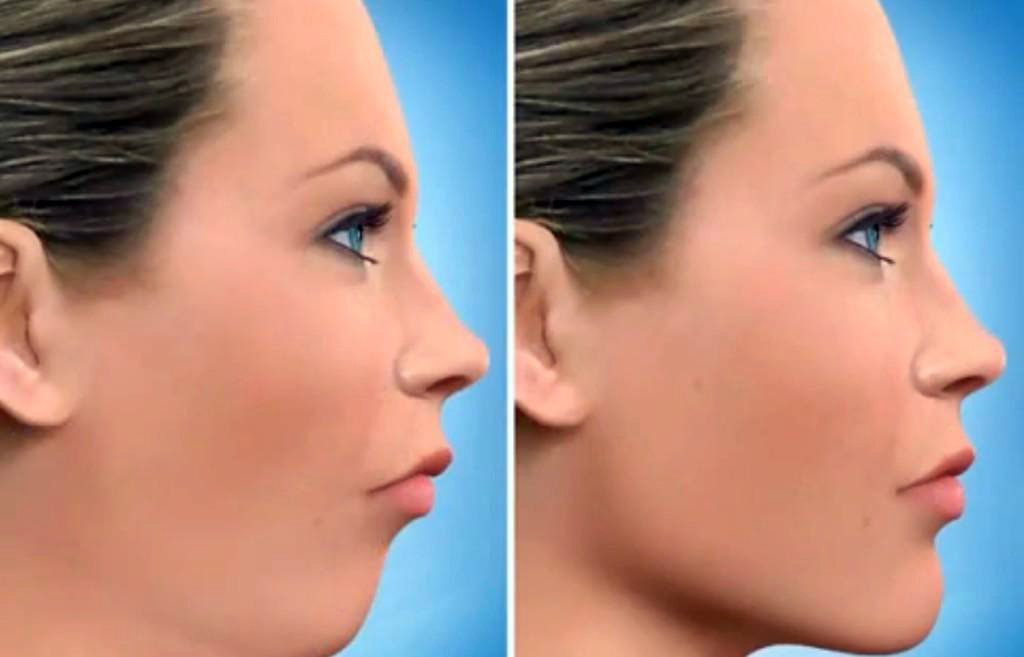Orthognathic surgery is the surgical correction of the elements of the facial skeleton to restore the proper anatomy and function. The diagnostic workup involves a comprehensive assessment that includes clinical examination, skeletal evaluation with standardized radiographs and dental evaluation with study dental casts. Orthognathic surgery can restore the normal relationship between the maxilla and mandible relative to the cranial base, reestablishing the functional components of the facial skeleton. Indications for orthognathic surgery include facial disproportions with and without dental dysfunction. Airway and speech are other indications when considering the functional need for orthognathic surgery, which can be used to enlarge the upper airway for definitive treatment of sleep apnea.

Orthognathic surgery is also indicated for treatment of facial asymmetries.

Jaw surgery usually can be performed entirely inside your mouth with no visible scars on the facial skin. The cuts are made in the jawbones allowing them to be moved into the correct position and fixed with screws and titanium plates. In some cases, extra bone may be added to the jaw, by transferring the bone from the hip or skull. Jaw surgery takes place under general anesthesia and requires a one- to three-day stay. Complete recovery at home typically takes four to six weeks. In most cases, an orthodontist places braces on your teeth before surgery. Braces are usually on for nine to18 months before surgery to level and align your teeth. After your jaw heals from surgery — typically about six weeks after surgery — the orthodontist finishes aligning your teeth and eventually removes the braces.
